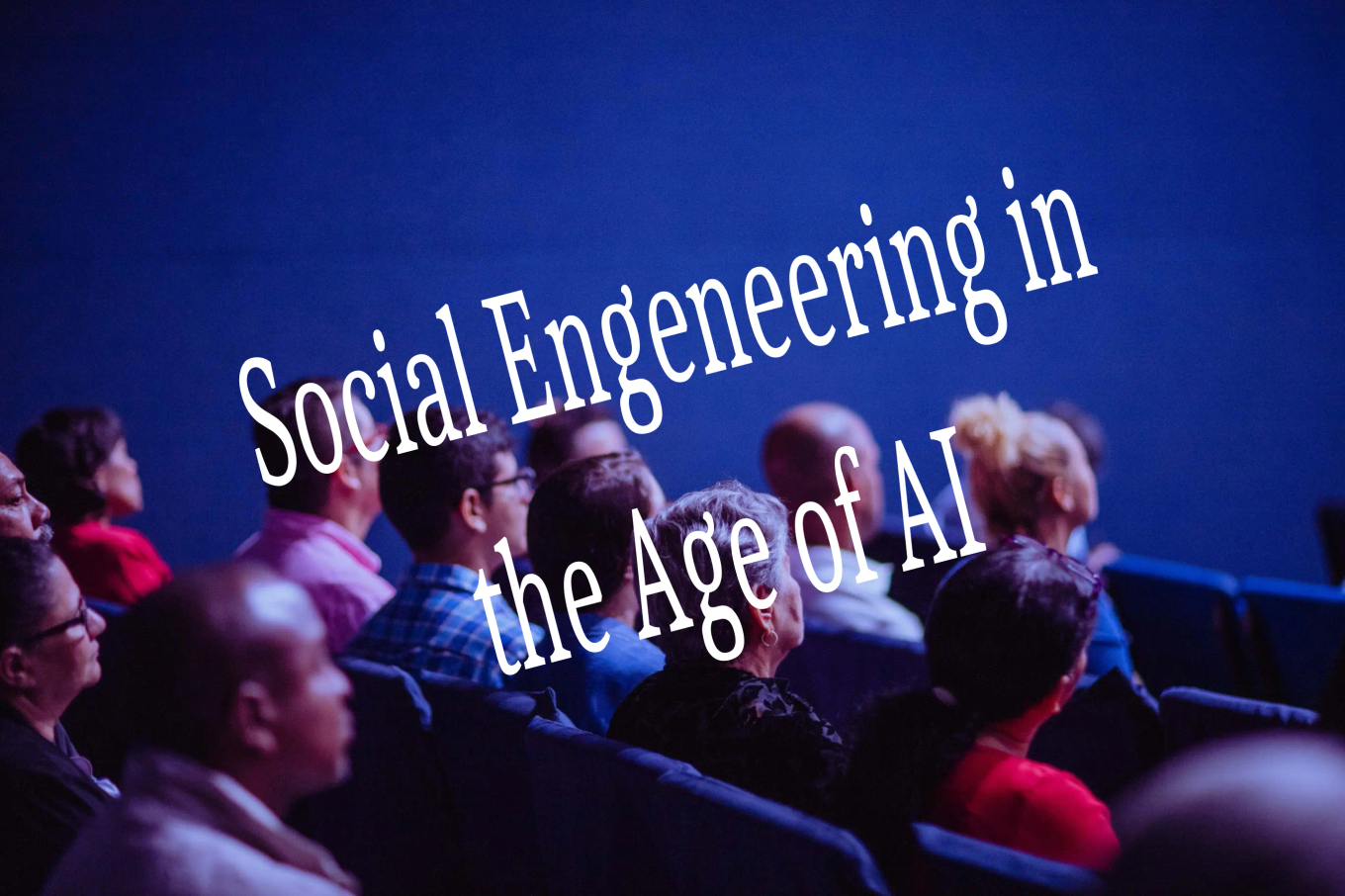Unmasking the Invisible Threat: Social Engineering in the Age of AI

In an era dominated by technology, the internet has become an integral part of our lives. However, along with its many advantages, the digital realm has given rise to a new breed of threats, including social engineering. Social engineering techniques are designed to manipulate human psychology and exploit trust, making it increasingly difficult to discern between truth and falsehood. With the advent of AI technology, the perpetrators of social engineering attacks have gained unprecedented power, making it all the more challenging to identify and defend against these malicious schemes.
The Rise of Social Engineering
Social engineering is a form of psychological manipulation that preys upon human vulnerability, trust, and naivety to deceive individuals and gain unauthorized access to sensitive information. Attackers exploit our innate inclination to trust others, employing various tactics such as phishing, pretexting, baiting, and impersonation to deceive their targets. These tactics are increasingly sophisticated, often utilizing personal information gathered from public sources to enhance credibility.
The Blurred Lines of Reality
AI technology has brought about a new challenge in the realm of social engineering: the blurring of reality. Deepfakes, AI-generated synthetic media that convincingly replicate the appearance and voice of real individuals, have the potential to deceive even the most discerning eye. With the ability to manipulate images, videos, and audio with astonishing precision, attackers can create fabricated evidence to support their false narratives. This undermines the trust individuals place in the authenticity of digital media, making it exceedingly difficult to distinguish between genuine and manipulated content.
Exploiting AI-Powered Platforms
Social media platforms and other AI-powered applications have become fertile ground for social engineering attacks. AI algorithms analyze users' preferences, behaviors, and interactions to deliver personalized content. While this enhances user experience, it also presents a double-edged sword. Attackers can leverage AI algorithms to tailor their messages and make them appear more genuine and trustworthy. As a result, individuals may unknowingly engage with fraudulent accounts or fall victim to scams, further blurring the lines between reality and deception.
Infiltrating Communication Channels
AI technology has also enabled attackers to infiltrate communication channels with unprecedented efficiency. Automated bots, powered by AI, can mimic human conversation and engage with unsuspecting individuals on social media, messaging platforms, or even customer support channels. These bots employ persuasive language, emotional manipulation, and sophisticated algorithms to convince targets to divulge sensitive information or click on malicious links. The ability to simulate genuine human interaction poses a significant challenge in identifying and defending against social engineering attacks.
Enhancing Awareness and Resilience
In the face of evolving social engineering tactics and AI-powered deception, building awareness and resilience is paramount. Individuals must cultivate a healthy skepticism, questioning the authenticity of online interactions and scrutinizing requests for personal information. Implementing robust security measures, such as multi-factor authentication and encryption, can act as a deterrent against social engineering attacks. Additionally, organizations should invest in comprehensive cybersecurity training and education programs to equip employees with the skills to recognize and respond effectively to social engineering attempts.
As AI technology continues to advance, social engineering attacks pose an increasingly formidable threat to individuals and organizations. The convergence of sophisticated manipulation techniques and AI-generated content has created an environment where distinguishing truth from falsehood has become an arduous task. However, by fostering awareness, enhancing digital literacy, and implementing robust security measures, we can bolster our defenses against social engineering attacks. It is only through collective vigilance and a skeptical mindset that we can navigate the treacherous landscape of online interactions with confidence and protect ourselves from falling victim to the pernicious art of social engineering in the age of AI.
